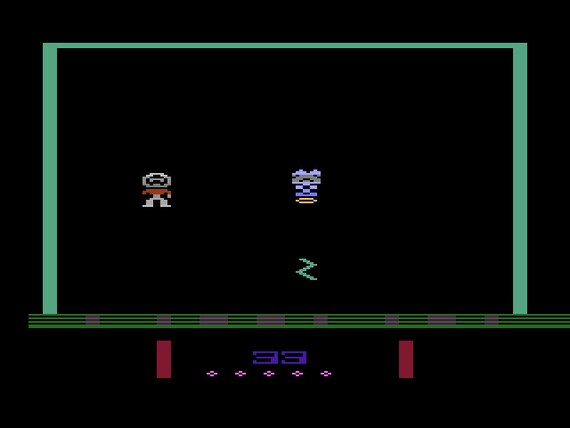
Saboteur (2600 Prototype): Saboteur is in effect three separate small games in one. The first has you trying to protect alien rebels and stop robots from preparing a rocket for launch. The second has you trying to reflect shots against a satellite to hit a production line while dodging a fast bouncing projectile. The last stage has you battling desperately to stop the missile from launching. While some of these segments are fun (especially the first one) as a whole the game is too complex and difficult, and that it would have been better to do a single more polished level. Despite these issues though this game is still an interesting curio.
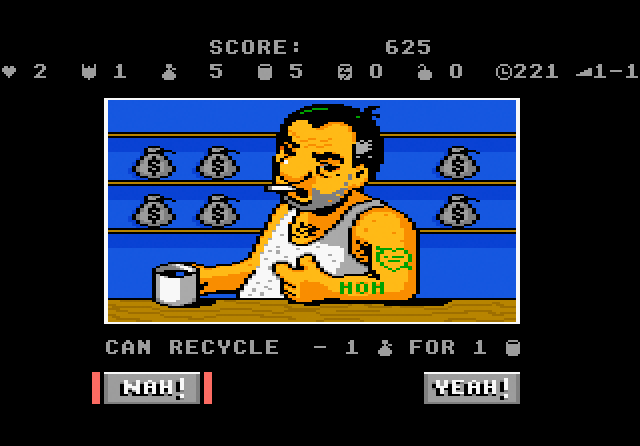
Scrap Yard Dog (7800): Scrap Yard Dog involves the quest of a big nosed man to save his dog from gangsters. In it he must platform through mediocre stages in order to find the gangster responsible for the dog napping. This game is sadly a dog despite its weird elements (like playing a giant piano inside a trash can or interacting with a surly shop-keep), and isn’t much fun to play.
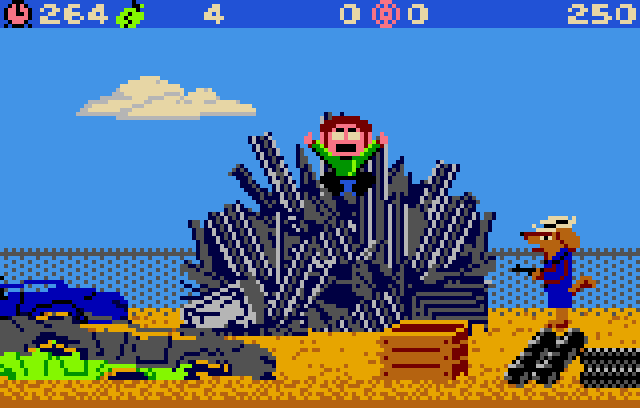
Scrap Yard Dog (Lynx): While very similar to its console counterpart Scrap Yard Dog’s Lynx version is different enough that it warrants its own entry. The Lynx remake of this game is far more polished in just about every area then it’s 7800 counterpart. It also is a lot weirder and includes dimensional portals, biker rats, multiple types of gangster dogs who use guns, and includes strange boss battles such as fighting a dog in a laser tank and using floating in a flying saucer to battle another saucer within a sewer. This attention to detail, and increased variety helps to make this game far more fun. While still far from as good as a classic platformer like Mario, Sonic, or Bonk it still is worth playing and a major improvement when compared to the 7800 version.
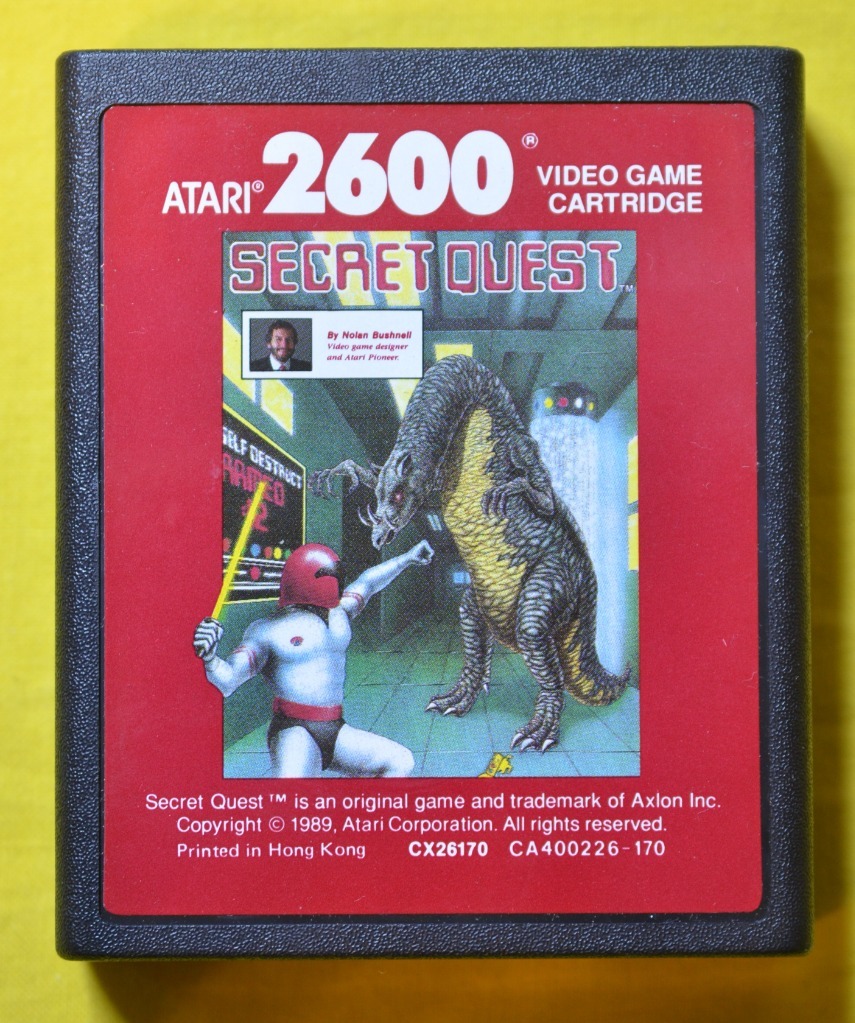
Secret Quest (2600): Secret Quest is a game that shows off the capabilities of the VCS. In it you play a space hero whose goal is to blow up and escape from space stations inhabited by deadly monsters. Secret Quest quirkily combines dungeon crawling with Science Fiction elements to create a game that is all about exploration, and learning the layouts of colored rooms. Secret Quest looks and plays great!
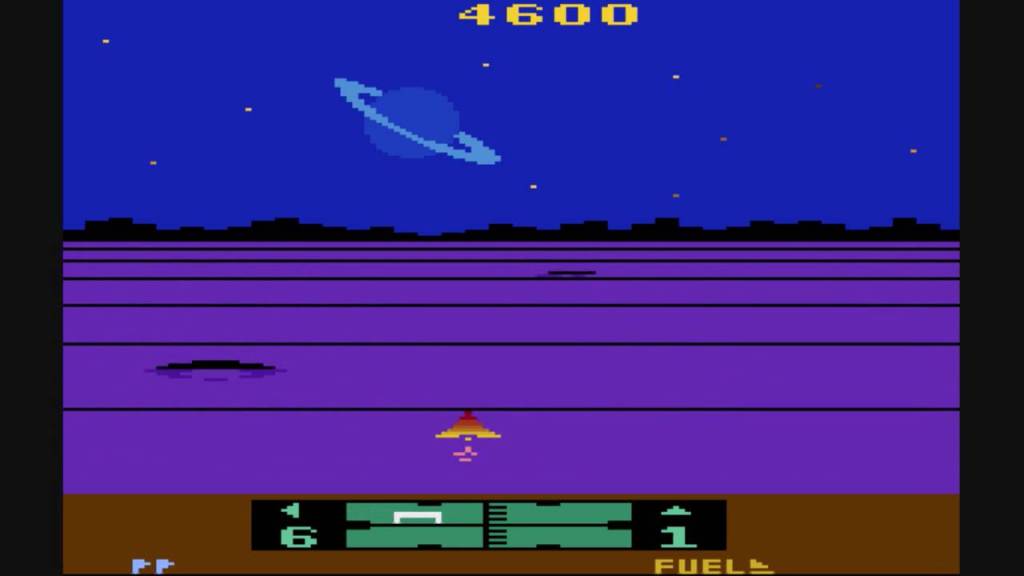
Solaris (2600): In some ways Solaris may be the most graphically advanced game on the 2600. It has you choosing a location on the map and then flying to that location. Each location type has a different challenge, such as shooting down enemy ships, rescuing people, or flying through wormholes. While this game is very complex, its incredible graphics and gameplay (including super scaler areas and fast paced dog fights) make investing time into it well worthwhile.
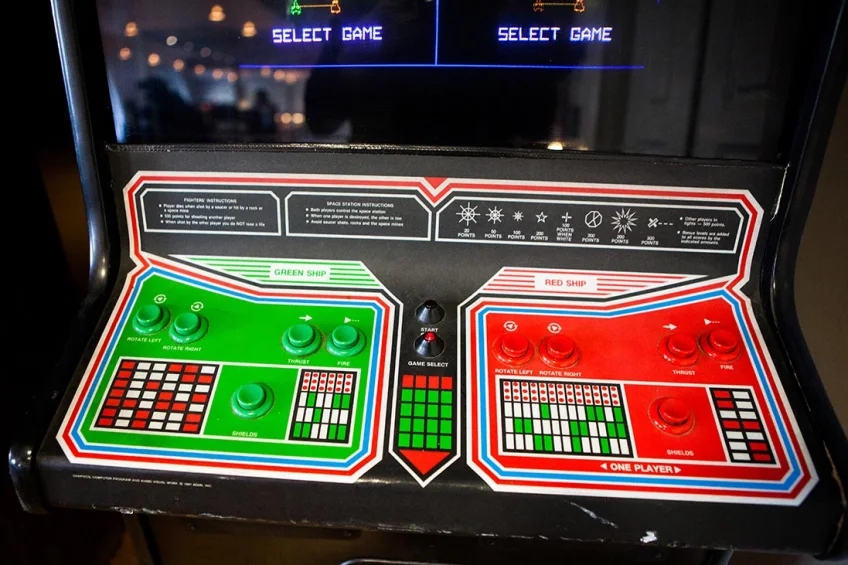
Space Duel (Arcade): Space Duel is a game that is a lot of fun, despite not being fully original. It combines multiple elements from other games and adapts them into something that feels new. Space Duel draws strongly from Asteroids, and in one of its two player modes is very similar to the game Space Wars. The primary objective of this game is to shoot flying objects, and avoid crashing into them. Despite these similarities there are things that set Space War apart from the games it emulates. First is that the graphical style is vibrant and more abstract than other games. The biggest though is that the game offers a tethered mode that allows for the controlling of two connected ships. If you aren’t interested in collaborative play though the game also has a competitive mode that pits you and a friend against one another. Space Wars is a great update on classic formulas, and is one of the best-looking games this collection has to offer.
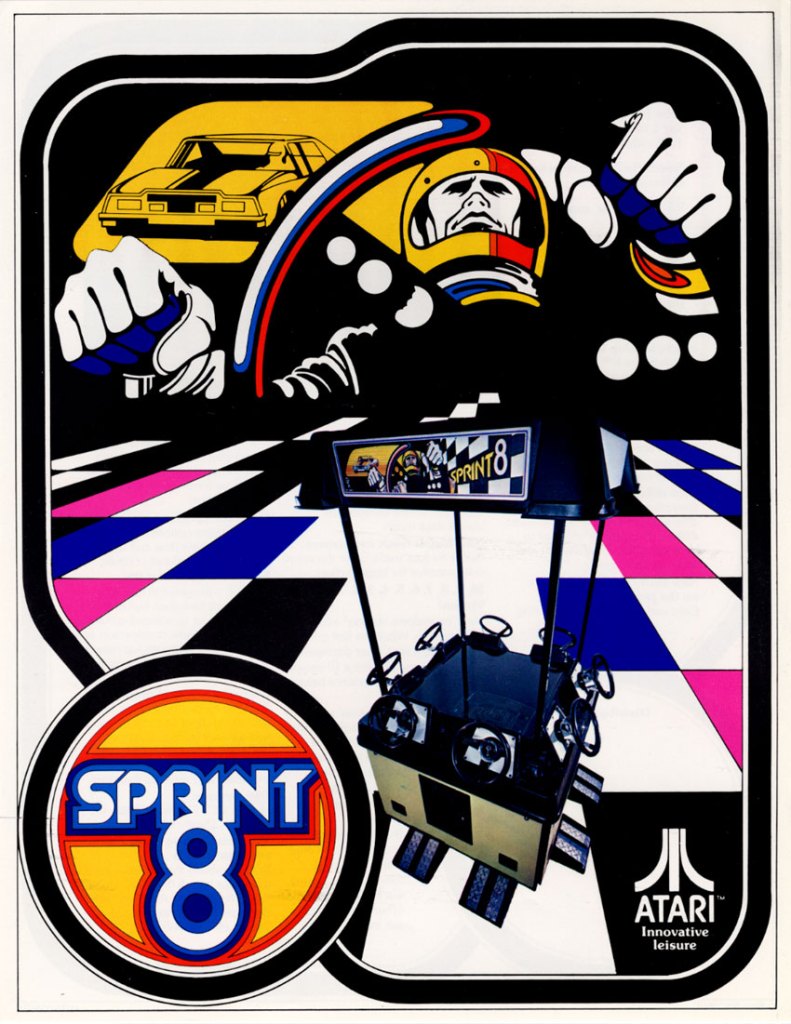
Sprint 8 (arcade): It’s really hard to talk about Sprint 8 for a number of reasons. First is that the controls in this collection just don’t do it justice. The Sprint series is meant to be played on a cabinet with a foot pedal and steering wheel. These controls didn’t translate well to the controller I was using. Another major problem is that this game is meant as a multiplayer game. Sprint 8 was specifically designed so that up to 8 people could play together. It wasn’t designed as a one player experience (like I experienced it). For these reasons it’s hard for me to comment on the game as it was meant to be play, but I can say that the issues with the controls and my personal experience with other Sprint variants made it clear that this port of the game fails to capture the original well.
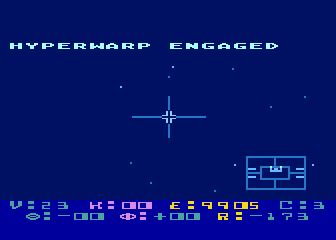
Star Raiders (5200): Star Raiders is a mixed bag. It tries to draw from Solaris, but use a first-person 3D perspective. This perspective looks impressive and gets you into the action of dog fighting, but it also makes the game far more complex and difficult to control. While I enjoyed my experiences with Star Raiders a lot, I feel that Solaris plays much better due to this game requiring even more time investment and patience to figure out.
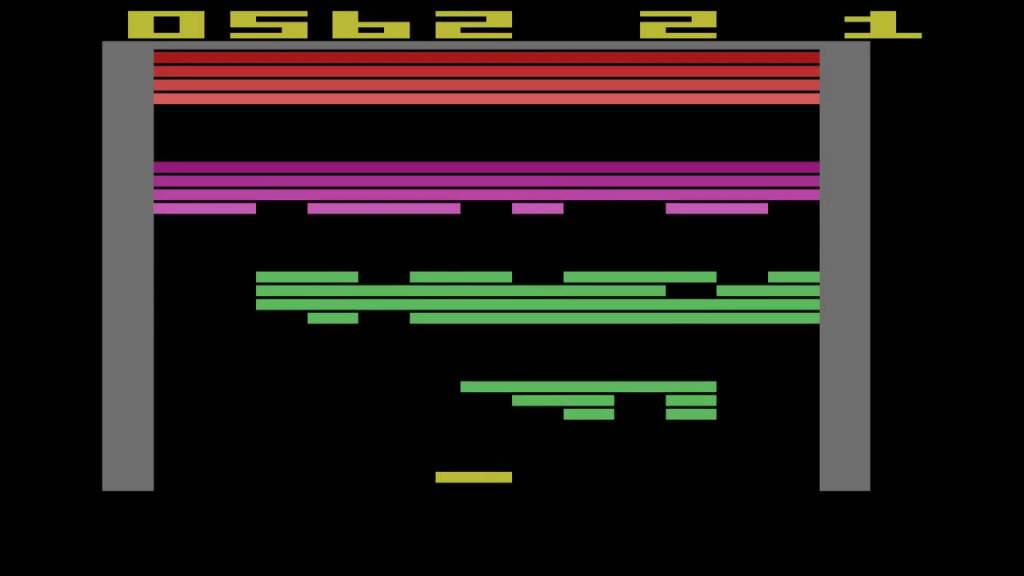
Super Breakout (Arcade, 2600, 5200): Super Breakout improves upon the original Breakout’s ball and paddle tile breaking gameplay. Impressive graphically for its time Super Breakout now includes double paddle options as well as two player game-play. Surprisingly my favourite version of this game is the 2600 version which is impressive looking and more accessible than its arcade counterpart, with the 5200 version also being well made.
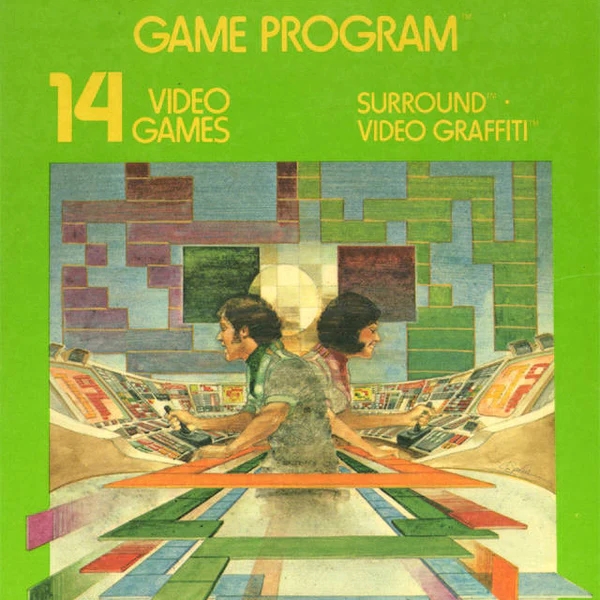
Surround (2600): Surround takes the simple game of Snake and turns it into an exciting multiplayer experience. Surround is about navigating a stage with an ever-growing line while avoiding touching yourself or the walls of the area. The difference with this game though is that instead of trying to collect the most dots like in Snake, instead the game involves competing against another player (similar to the light cycles in Tron). This simple change makes a big difference in the dynamics of the game, turning it from a solitary high score game into a fun competitive experience. Playing this simple game with a friend is a lot of fun.

Swordquest Earthworld (2600): I’m very torn with the Swordquest series. While these games have not aged at all gracefully and are extremely confusing there is a certain charm in them. Swordquest Earthworld was the first in a series of fantasy adventure games centered around finding secrets to earn real prizes. Like the rest of the series this game is filled with items and obscure puzzles to solve. While it is very cryptic and it’s hard to know what to do, Earthworld is still an enjoyable curio.
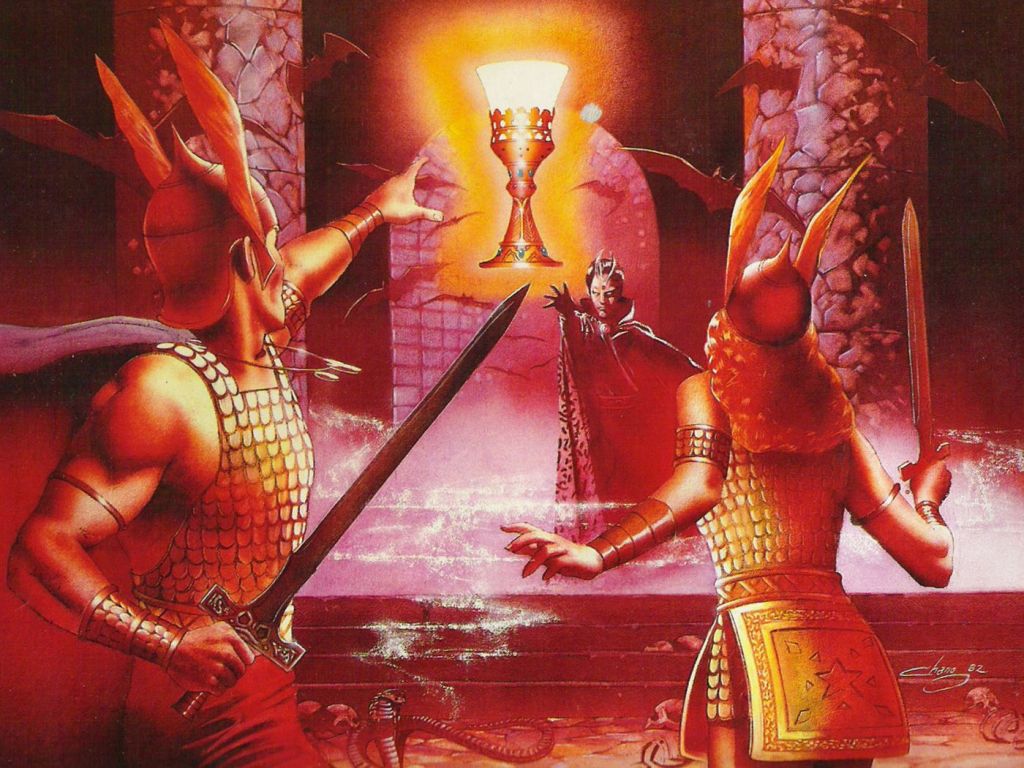
Swordquest Fireworld (2600): The second in the world series, Fireworld ups the stakes. It has even more difficult and puzzling elements to it, and takes a lot of trail and error. While very confusing and sometimes frustratingly difficult I enjoyed myself. While not a game I would go back to repeatedly it is still fun.
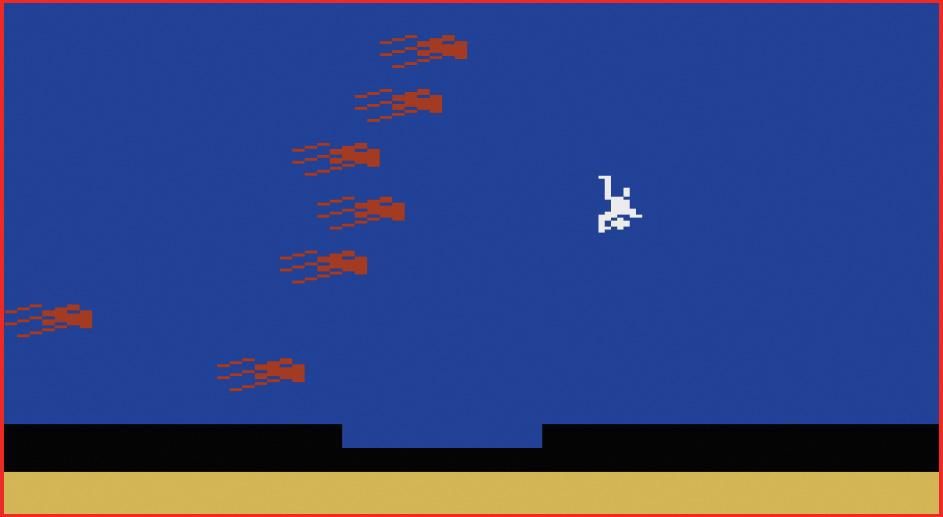
Swordquest Waterworld (2600): Swordquest Waterworld is very similar to the other games, only even better. It starts you right in the action with a swimming segment. While easier to figure out and tighter in controls it is still a confusing game that I am not ready to invest major time into.
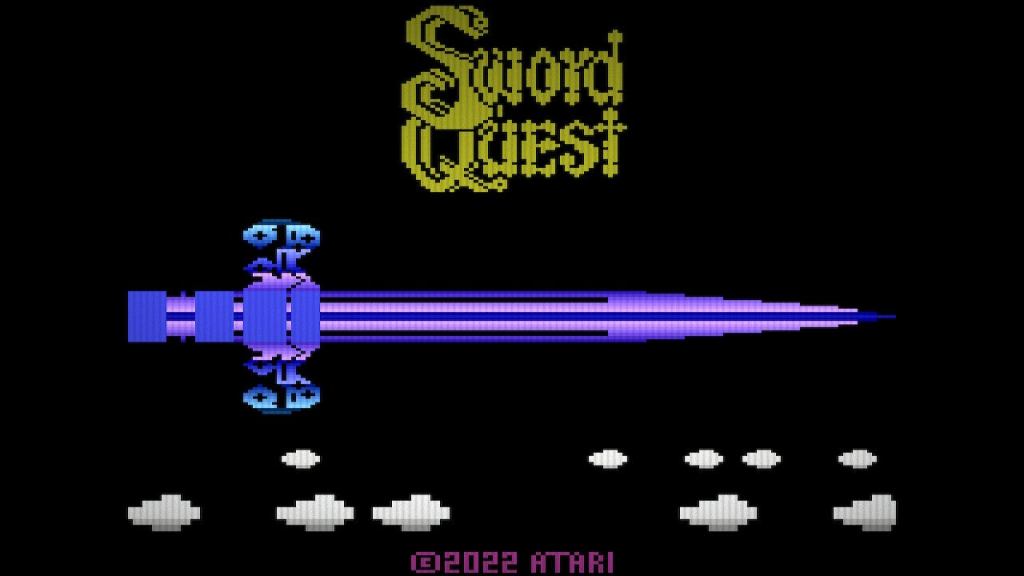
Swordquest Airworld (New): Despite being a new game this title fits in nicely with the rest of the series. While still confusing this is probably my favourite game of the series. It includes neat new elements such as a flying horse, while retaining a graphical style that matches the rest of the Swordquest series. While not one of the best in this collection, Airworld is my favourite of the Swordquest games and well worth trying out.